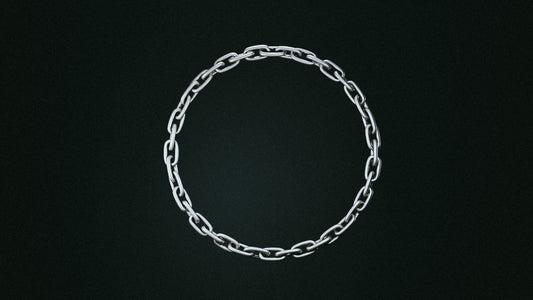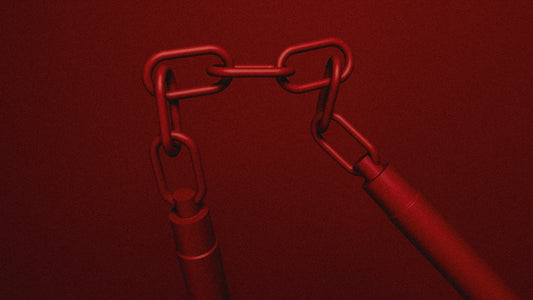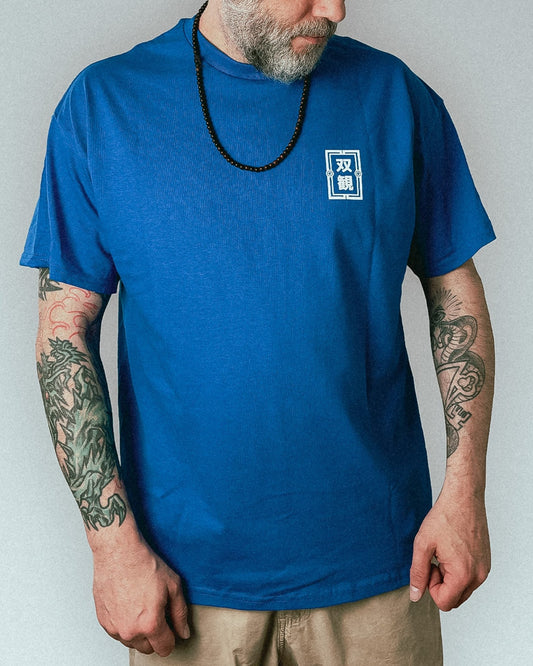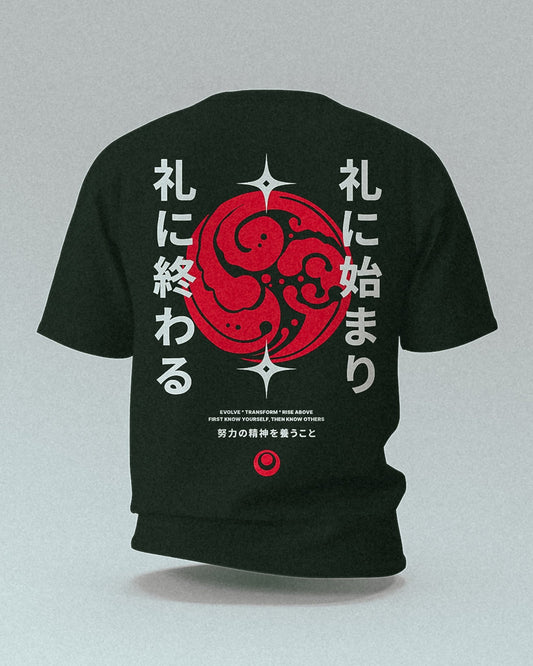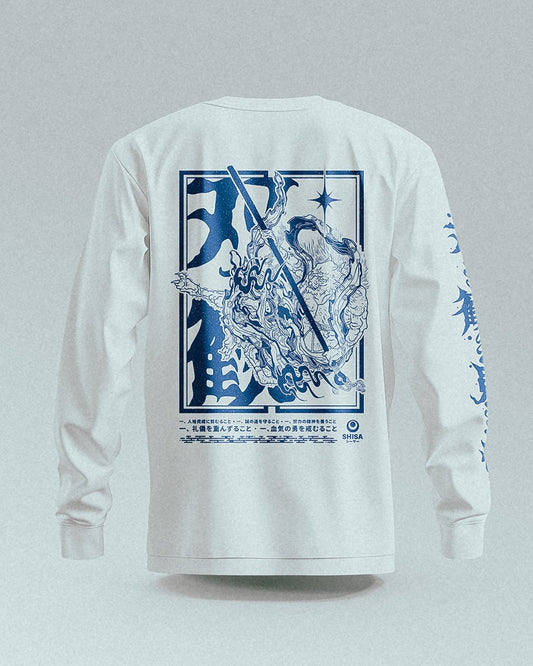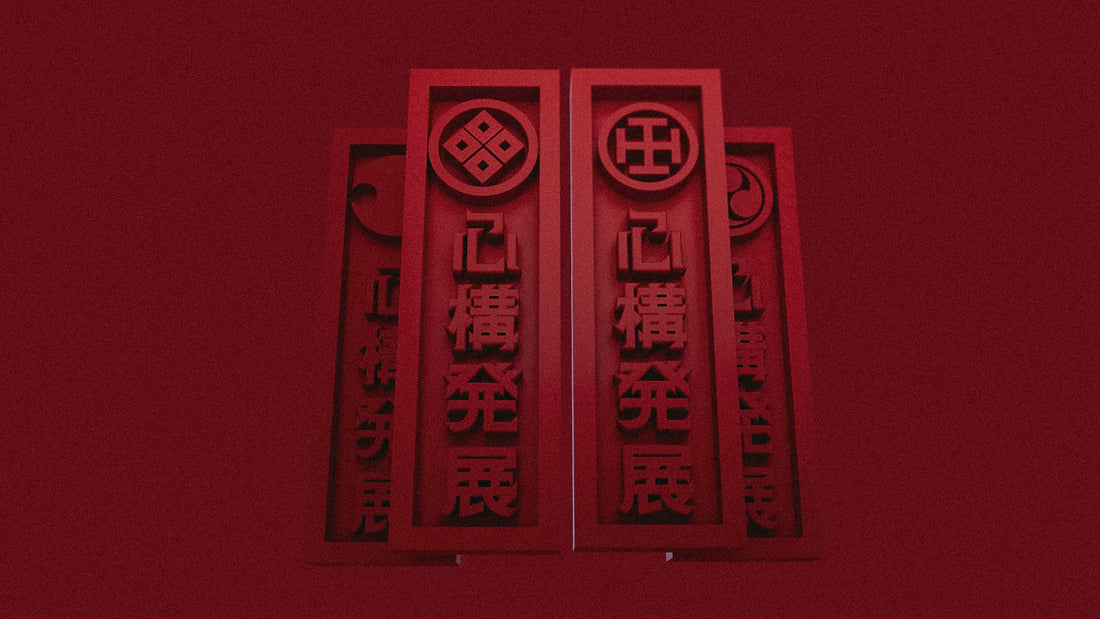
Stick 'Em Up
Average reading time: 5-7 minutes
When living in an urban area as we do, street art is omnipresent. A mix of tags and pieces cover neighbourhood walls and a patchwork of stickers find new homes on streetlight poles. Human artistic expression is nothing new and is happening in shared spaces dating back to the caves of the ice age. The root that grew into countless branches of art styles that came after.
As part of our living and breathing cultures, art has the ability to connect us and more often in unexpected ways. One such link can be made between an ancient Japanese custom called senjafuda and contemporary street art.
Not your NYC subway
It wasn't the Brooklyn-Queens L-train that gave birth to street art but temple grounds of 8th century Japan. Devotees would leave behind wooden slats as offerings containing personal signatures, messages or wishful prayers. During the Edo period (1603-1868), these wooden offerings evolved into paper slips, making custom designs more convenient to produce. Collectors and enthusiasts formed exchange groups called kokan nosatsu, transforming these devotional pieces into artworks.
What began as simple religious offerings transformed into a artistic discipline. The change of material from wood to paper added to the possibilities and let artists create beautiful designs, experimenting with calligraphy, imagery, and color.
And where art flourishes, collectors emerge. Devoted clubs began forming, helping to establish wider appreciation for both the craftsmanship and artistic merit of senchafuda.
Placement is Key
Even though tools and methods vary in today's street art scene there's a kinship with these paper slips. Just as senjafuda practitioners carefully chose their placement in temples and shrines, contemporary street artists consider how their work interacts with the urban surroundings. Both transform public spaces through art, choosing locations that give their work maximum impact and meaning.
With senjafuda the shrine tag is supposed to be positioned as high as possible to maximize it's visibility or to protect it from sunlight and corrosion. One of the no-no rules is to tag over an existing patch. A law of the land that is established in today's graffitit scene as well.
A pole called sao is used to position the stickers and put them up to a height of almost seven meters. In equal fashion artists like Shepard Fairey for example use brushes attached to a rod to put their artworks in the right place.
The tides of change
It is still possible to aquire senjafuda made the traditional way which involves a team of artisans to complete a piece. The calligrapher, the carver (to prep the woodblock for printing) and the printer all play their part. But the format also got adopted by a younger generation of designers and artist who now use themes from manga to pop culture to craft modern sticker art with digital methods.
In a same way that senjafuda got transformed, street art is put out of it's original context. A Banksy piece is now displayed behind glass in a museum which feels like a misplacement to some and a step forward to others. But no matter how you look at it, the spirit behind both art forms remains unchanged and is true to everything "art": It's a testament to human creativity and the desire to leave a mark.
Thanks for reading. Stay curious!


